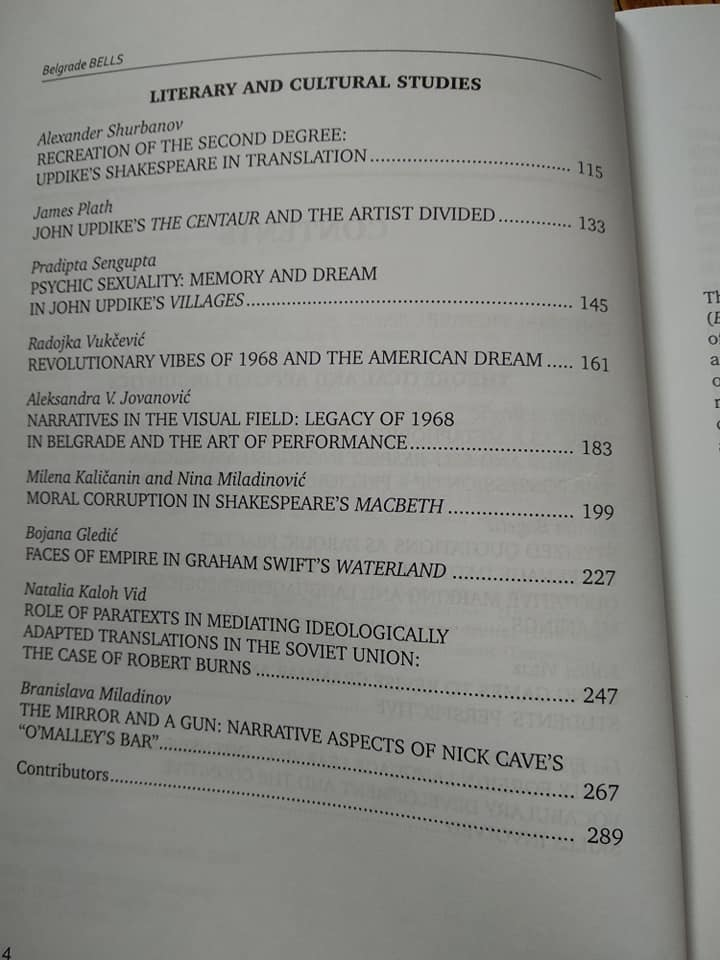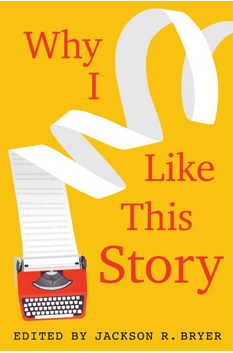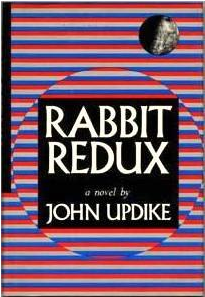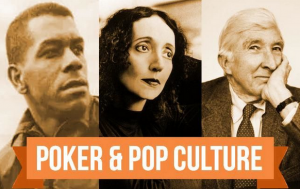The Moderate Imagination: The Political Thought of John Updike and the Decline of New Deal Liberalism, a monograph by John Updike Society member Yoav Fromer, is now available for pre-orders at Amazon.com.
Scheduled for June 12, 2020 publication by the University Press of Kansas, the new critical work on Updike is 288 pages, hardcover, and priced at $39.95. Here’s the description:
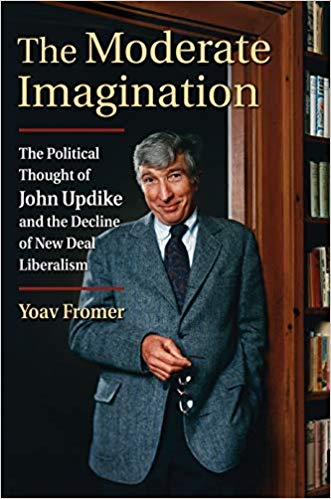 “In the aftermath of Donald Trump’s victory in 2016, Americans finally faced a perplexing political reality: Democrats, purported champions of working people since the New Deal, had lost the white, working-class voters of Middle America. For answers about how this could be, Yoav Fromer turns to an unlikely source: the fiction of John Updike. Though commonly viewed as an East Coast chronicler of suburban angst, the gifted writer (in fact a native of the quintessential rust-belt state, Pennsylvania) was also an ardent man of ideas, political ideas—whose fiction, Fromer tells us, should be read not merely as a reflection of the postwar era, but rather as a critical investigation into the liberal culture that helped define it.
“In the aftermath of Donald Trump’s victory in 2016, Americans finally faced a perplexing political reality: Democrats, purported champions of working people since the New Deal, had lost the white, working-class voters of Middle America. For answers about how this could be, Yoav Fromer turns to an unlikely source: the fiction of John Updike. Though commonly viewed as an East Coast chronicler of suburban angst, the gifted writer (in fact a native of the quintessential rust-belt state, Pennsylvania) was also an ardent man of ideas, political ideas—whose fiction, Fromer tells us, should be read not merely as a reflection of the postwar era, but rather as a critical investigation into the liberal culture that helped define it.
“Several generations of Americans since the 1960s have increasingly felt ‘left behind.’ In Updike’s early work, Fromer finds a fictional map of the failures of liberalism that might explain these grievances. The Moderate Imagination also taps previously unknown archival materials and unread works from his college years at Harvard to offer a clearer view of the author’s acute political thought and ideas. Updike’s prescient literary imagination, Fromer shows, sensed the disappointments and alienation of rural white working- and middle-class Americans decades before conservatives sought to exploit them. In his writing, he traced liberalism’s historic decline to its own philosophical contradictions rather than to only commonly cited external circumstances like the Vietnam War, racial strife, economic recession, and conservative backlash.
“A subtle reinterpretation of John Updike’s legacy, Fromer’s work complicates and enriches our understanding of one of the twentieth century’s great American writers—even as the book deftly demonstrates what literature can teach us about politics and history.”

